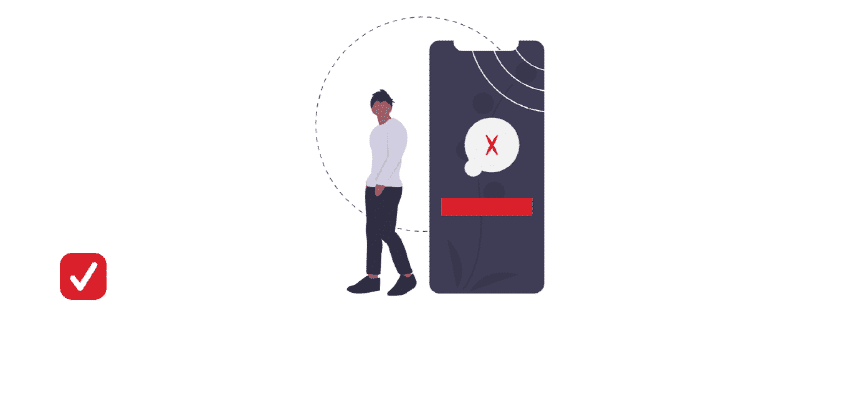3 Major CFO thinking errors about invoices

Is it normal to wait a long time for a payment? Or that reminders are only sent after the expiry date? While cash is a critical element of business operations, almost all CFOs make these 3 thinking mistakes. Payt helps you get rid of the fallacy and offers an easy and efficient solution. Which mistake do you make?
1. “Waiting a long time for a payment is normal”
Waiting 60 days for a payment of an invoice can feel normal. Especially with the knowledge that only half of the invoices are paid within the set payment term.
“The long wait is just what it is”
This does not have to be the norm. You have various options to shorten the time to payment and you have more influence on the payment behavior of your debtors than you think! For example, by consistently remembering and offering individual payment arrangements. With the automation of your debtor management, you also spend less time on this.
2. “Reminders are only sent after the expiration date”
In most standard processes, the invoice reminder is sent after the due date. This can be right after or even much later, for example, a quarter. A customer who only gets a reminder then has to dig deep into his or her memory for which it was again. As a result, your customer is less likely to pay the invoice immediately.
In practice, it appears that many customers - both in B2C and B2B - appreciate an invoice reminder. Forgetting an invoice can happen to anyone. If you send the first reminder before the due date, you increase the chance that you will receive the payment quickly.
3. “Billing is not a game”
Just because billing is crucial to your organisation does not mean you cannot think of it as a game! Humans are fanatical creatures by nature, who want to win games. That is why deploying game techniques in a non-game environment also works so well. Add a game element with a reward for the debtor team.
- Can you improve the speed of payment with your team?
- Who knows how to reduce the number of reminders to debtors at the expense of payment speed?
- How many reminders are sent on time after sending the invoice? Can you tap the 100%?
4. Bonus fallacy: “invoices have been the same for years, they have never been consciously adjusted”
In the first (growth) years of an organisation or the first period of a new financial employee or manager, the template of an invoice is still adjusted. After that, however, it often ends up in a doldrum… By regularly taking a critical look at your invoice template, you help your customer to pay faster. For example, think of:
- Offering multiple and new payment options. Which option do your customers prefer? Enable this as a preferred option.
- The language used in your invoices. Communicate in a crystal clear manner about the payment, so that debtors do not have to guess what it is about.
- Ensure that essential elements, such as name, address, your account and VAT number, amount and payment term, are correct and clear.
Related articles

Payt Accelerates European Expansion with Strategic Investment of €55M from Partech

It seems like everyone is working on separate projects, but everyone functions like a vital component of a unified system - Jake Eggen, Developer

